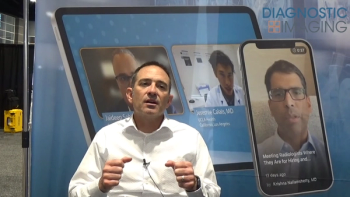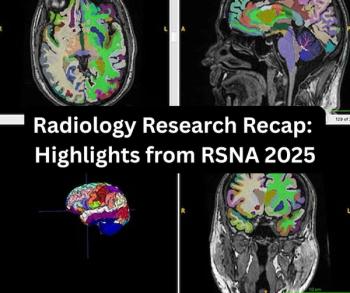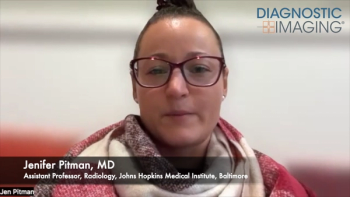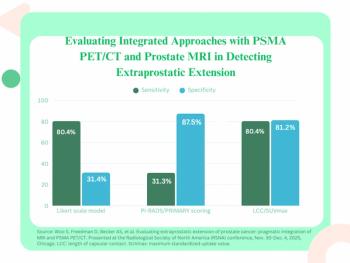
Lockheed Martin wins Alaska PACS bids
PACS developer Lockheed Martin Western Development Laboratories Medical Imaging Systems of Hoffman Estates, IL, has won two contracts worth nearly $10 million to install its Vantage PACS networks at two hospitals in Anchorage, AK.In the first
PACS developer Lockheed Martin Western Development Laboratories Medical Imaging Systems of Hoffman Estates, IL, has won two contracts worth nearly $10 million to install its Vantage PACS networks at two hospitals in Anchorage, AK.
In the first installation, Lockheed Martin won an $8.2 million bid to install a PACS network at Alaska Native Medical Center. The company will install 50 workstations to link different departments in the hospital, and the installation will include computed radiography, dry x-ray film printing, and teleradiology links.
At the other site, Lockheed Martin will install a PACS network worth $1.2 million at Elmendorf Air Force Base Hospital, where the radiology department plans to begin the transition to a filmless environment prior to moving into a new facility next year.
Newsletter
Stay at the forefront of radiology with the Diagnostic Imaging newsletter, delivering the latest news, clinical insights, and imaging advancements for today’s radiologists.




























